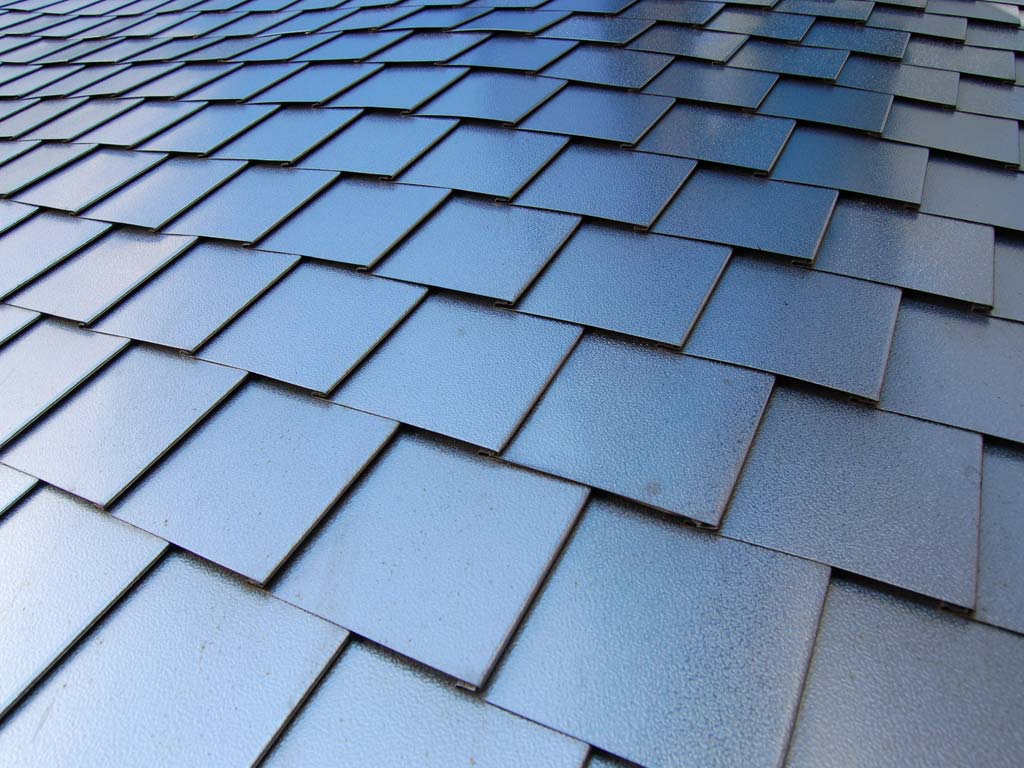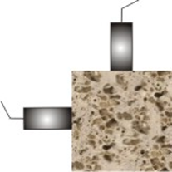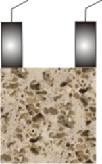





Concrete compressive strength is best determined by destructive testing of cores, yielding a compressive strength result. However, there may be situations where it may not be possible to remove too many concrete cores or even any cores from the concrete structure.
Two very important Non-Destructive Testing methods have been used for many years to estimate the compressive strength of concrete. These are Schmidt (Rebound) Hammer and Ultra Sonic Pulse Velocity (UPV).
When used alone Schmidt Hammer generally gives the better estimate of concrete compressive strength. However as the concrete ages and the surface carbonates the Schmidt Hammer can become less reliable. The Schmidt (rebound) hammer also only measures the first 20-30 mm of the concrete surface and will not detect any deeper defects such as voiding or cracking within the concrete structure which can reduce the concrete strength.
Ultra-Sonic Pulse Velocity (UPV) is a survey method base on "time of flight" and can measure through the concrete member (direct measurement). This method is best used when there is access to both sides of the concrete member (i.e. concrete column or beam).
If there is no access to both sides of the concrete member then the UPV probes can be placed in a semi-direct or in-direct position.
Combining these two Non-Destructive Testing methods can improve the accuracy of estimating the compressive strength and can reduce the amount of cores required for calibration and verification than if performed alone.
In combination these two Non-Destructive Testing methods is known as SONREB. Ultra-Sonic Pulse Velocity measurement (“SON”) and Schmidt (Rebound) Hammer (“REB”). Both results are incorporated into curves to give an estimated compressive strength. It is always recommended that cores are also removed for verification and calibration of the curves. Using the SONREB method can decrease the amount of cores required for calibration than if only one of the methods was performed.
UPV Direct Method UPV Semi-Direct Method UPV In-Direct Method



